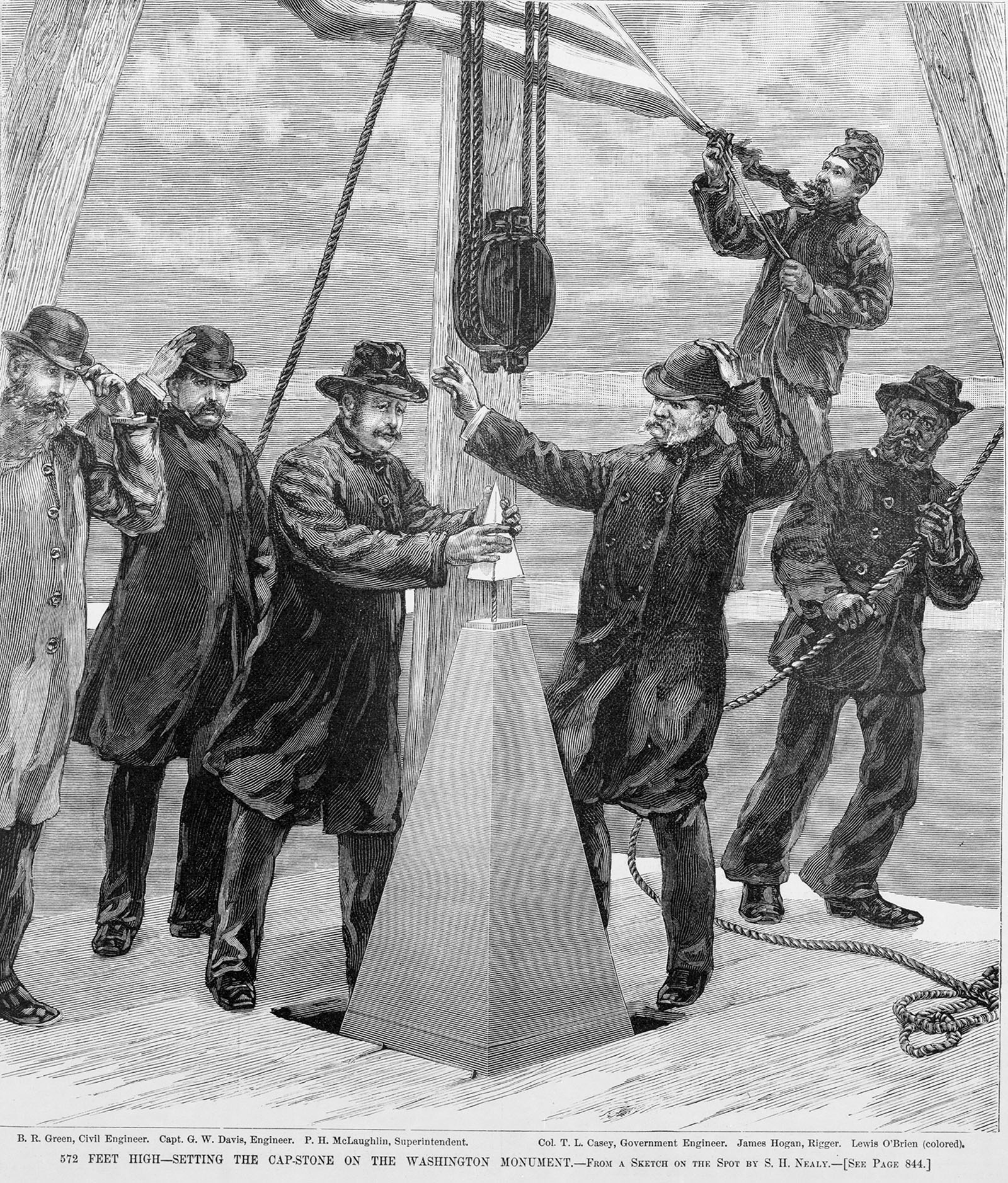| |
 |
| |
Bernard R. Green |
Today, the Corps of Engineers combines civil and military talent in a way that is unique in the Government. After the Civil War, however, the position of civilian professionals employed by the Corps was uncertain at best. Some officers saw them as an unwelcome necessity, forced on the Corps by a shortage of military personnel. Then, toward the end of the nineteenth century, some exceptionally able civilians and the officers who believed in them helped to change the Engineers' outlook.
Bernard Richardson Green was a 20-year-old graduate engineer in 1863 when he began work as a civilian assistant on the defenses of the New England coast. There he met a man who was to transform his life - Captain Thomas Lincoln Casey of the Corps of Engineers. By 1877, Casey was a lieutenant colonel in Washington, with responsibility for a variety of Corps projects, including the completion of the Washington Monument. Remembering his able young assistant, he sent for Green and together they redesigned and finished the long-neglected, half-built Monument. They went on to complete the State, War, and Navy Building (now the Executive Office Building) and on to construct the Library of Congress. After Casey died in 1896, Green continued to supervise construction of the Library's building. He went on to oversee construction of the Museum of Natural History of the Smithsonian Institution, the District of Columbia's Central Public Library on Mount Vernon Square, and the Pennsylvania State Capitol in Harrisburg. A distinguished figure in Washington life, he became president of the Cosmos Club and a leader in urban planning and civic reform.
In the early years of the Corps, the place of civilians had been in doubt and proper recognition not always accorded to their services. Green not only demonstrated what civilian professionals could offer the Corps, but also showed that the Corps could provide a rich and satisfying career to those who served it.

Perched on a wooden platform atop the Washington Monument, Green (far left) joined Casey (fourth from left), and others, as the 100-ounce aluminum tip, inscribed with the words, "Chief Engineer and Architect, Col. Thomas Lincoln Casey, Corps of Engineers," was placed on the monument's capstone. (From S.H. Nealy's sketch of the 1884 ceremony.)
* * *
2000. No 005.